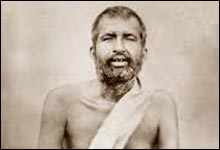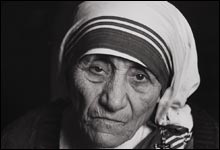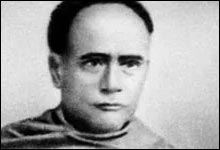GREAT INDIAN PERSONALITIES : Rammohan Roy

Rammohan Roy was born in a well to do Bengali zamindar family, in the village of Radhanagar in Hoogly, Bengal. He was the only son of Ramakanta Roy and Tarini devi. Educated in Patna, he took lessons in Arabian, Persian, English and Sanskrit at a very tender age.
His genius began to radiate, when at the age of 16 he wrote a book on deity- worshipping. The book created furore among the god-fearing people as he held high the concept of believing in one single source of power, contrary to the Hindu belief of worshipping 33 crores of gods and goddesses. He had to leave his family as his father took the issue quite seriously.
He then traveled around the country to learn about the socio-economic state and the different customs prevailing in the society then. When he returned home after his father’s death, he took up a job in the Rangpoor collectorate. He rose up to the post of deputy collector before he left his job to settle in Kolkata in 1816. He was 40 then. While he was in Kolkata, he led a movement to free the society from its evil customs.
At that time the society was infested with curses such as child marriages, polygamy by the priestly class, burning of widows in the funeral pyre of their dead husbands and untouchability and racism. Raja Rammohan single handedly abolished the evil practice of “Sati daho” (burning of widows in the funeral pyre of their dead husbands). He was also a protagonist behind the spread of the English education in India. He foresaw that the western culture was needed to get rid of the malpractices, which then had taken roots in the Bengali society. Raja Rammohan Roy founded the ‘Atmiya Sava’, which later became the ‘Brahmho Samaj’ for people who thought that there should be one god and also disregarded deity worship. He was highly criticized for each of his deeds but it did no harm to his colossal confidence and he continued working for the betterment of the society.
In April 1831, he left for England to work on the ‘Reform Bill’, which would help his countrymen in many fold ways. It was here, at the age of 56, the British Parliament gave him the title ‘Raja’. But majority of his works were left unfinished as on 27th Sept, he succumbed to a cerebral attack.
His untimely death was a severe blow to the developing India. Later on his legacy was successfully taken up by the likes of Vidyasagar, Vivekananda and Sister Nibedita among others.

When he went to Madras, young people gathered around him, drawn by his bright looks and inspiring talks. They begged him to go to the USA to attend the forthcoming Parliament of Religions in Chicago to represent Hinduism. Swamiji made a tremendous impression, first in the USA and then in England.
The press paid him the highest tributes as an exponent of India's age old values; overnight he became a great national hero in India. Suddenly it was brought home to the Indians that there must be something in Indian thought that Western intelligentsia felt compelled to admire. For the first time, they awoke to the richness of their heritage.
This was the starting point of Indian renaissance one hears about. It is in London in 1895 Swamiji met Margaret Elizabeth Noble, who later became Sister Nivedita. Swamiji saw in Margaret a great future in the work for India. What we wanted was 'not a man, but a woman, a real lioness' to work for the Indian women.
Swami Vivekananda described India's neglect of the masses as a national sin. Next to this was the sin of neglecting womanhood. Caste, was yet another sin. India's ethnic and religious pluralism did not worry him, for India had always sought her unity in love and respect for different sects and communities. It was Swamiji's hope that India would create a new social order and a new civilization by combining her best spiritual traditions with the latest advancement in science and technology. She would be rich both materially and spiritually.
Swami Vivekananda knew affluence was not enough, man had to be human too. He wanted India to set an example in this. Swamiji preached that "jiva is Shiva" i.e. every being is a part of God. Swami Vivekananda inspired Indians to "Arise, awake and stop not till the goal is reached". Swami Vivekananda worked for the suffering masses of India till his end. Swamiji left his body at an young age of 39 on the 4th of July 1902.


